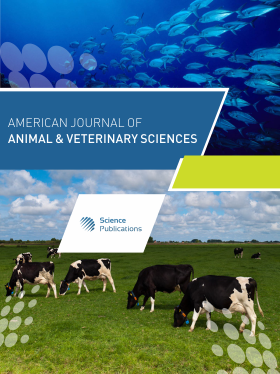Coliforms Diversity and Antibiotic Resistance in Kazakhstan Cheese
- 1 Department of Veterinary Medicine, Veterinary and Husbandry Technology Faculty, S. Seifullin Kazakh Agro Technical Research University, Astana, Kazakhstan
- 2 Department of Food Hygiene and Technology, Veterinary Medicine Faculty, Cerrahpaşa Istanbul University, Istanbul, Turkey
- 3 Faculty of Veterinary Medicine and Livestock Technology, Kazakh-Chinese Laboratory for Biological Safety, S. Seifullin Kazakh Agro Technical Research University, Astana, Kazakhstan
- 4 Applied Biotechnology Research Institute, Baitursynov Kostanay Regional University, Kostanay, Kazakhstan
- 5 Applied Genetics Laboratory, National Biotechnology Center, Astana, Kazakhstan
Abstract
Coliform bacteria contaminate dairy products and pose public health concerns including food poisoning and toxemia. We aimed to determine the species diversity of coliforms and to evaluate the resistance to antibiotics of E. coli in various types of cheese sold by local producers in Kazakhstan. We collected 197 samples from different cheeses sold by producers in the Kostanay (n = 89), East Kazakhstan (n = 70) and Akmola (n = 38) regions and studied by classical microbiological and mass spectrometric methods for contamination with coliforms in certificated for bacterial pathogens’ research laboratories. Such investigation of cheese was experienced the first time in Central Asia. We isolated five coliform bacteria species (Escherichia coli, Citrobacter freundii, Serratia liquefaciens, Enterobacter cloacae and Citrobacter braakii) in 45.2% of the samples. E. coli and C. freundii were dominant. Antibacterial resistance of E. coli isolates (n = 65) to 19 antibiotics was investigated by the disc-diffusion and molecular genetic (PCR) methods. Isolates were sensitive to drugs of the aminoglycosides group and resistant to 60% of the β-lactams group drugs (ampicillin, cefpodoxime, cefoperazone) and to an agent out of four of the fluoroquinolones group (enrofloxacin). Some E. coli strains were multi-drug resistance to tetracyclines, beta-lactams and fluoroquinolones. PCR of E. coli isolates revealed genes that encoded the resistance to β-lactams in 15.4%, to sulfonamides in 30.8% and quinolones in 9.3% of cheese samples, providing sufficient biotic potential for the transfer of these genes to intestinal biocenosis bacteria of humans.
DOI: https://doi.org/10.3844/ajavsp.2024.101.107

- 4,175 Views
- 2,585 Downloads
- 0 Citations
Download
Keywords
- Antibiotic Resistance Gens
- Cheese
- Enterobacteriaceae
